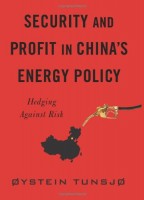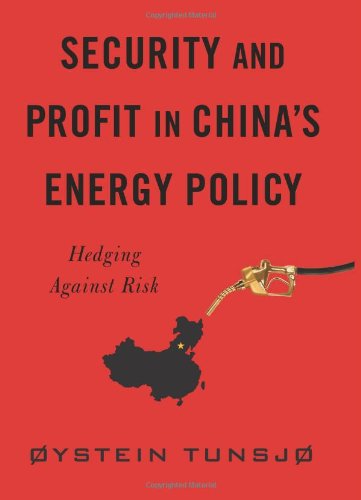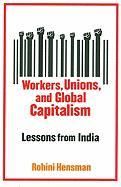 Author: Oystein Tunsjo
Author: Oystein Tunsjo
Publisher: Columbia University Press – 288 pages, plus Bibliography and Index
Book Review by: Sonu Chandiram
Perhaps no other book out there takes as close and detailed a look as this one does, at how China has secured, and continues to secure oil (Oystein Tunsjo uses the world ‘petroleum’) supplies, as well as kept open its access to those supplies.
In this book he shows us how China has taken wise and smart actions, among others, and:
- Developed sophisticated hedging strategies to insure against risks in the international oil market
- Managed a growing net oil import gap and supply disruptions by maintaining a favorable energy mix
- Pursued overseas equity oil production
- Built a state-owned tanker fleet and strategic oil reserves
- Established cross-border pipelines
- Diversified its energy sources and reserves
Tunsjo gives us an overview of China’s overall strategy – a government-private sector partnership – in this book by covering its various aspects as shown below in the book’s contents pages:
- Introduction
- China’s Energy Security: A New Framework for Analysis
- China’s Domestic Energy Sector
- The Global Search for Petroleum
- Safeguarding China’s Seaborne Petroleum Supplies
- China’s Continental Petroleum Strategy
- Global, Maritime, and Continental Implications
- Conclusions
China has secured its energy security, Tunsjo writes, and in particular, he shows us how this massive, huge energy consumer with 1.3 billion people, has done that. Among other tasks, he
- Comprehensively analyzes China’s domestic, global, maritime, and continental oil strategies and policies.
- Establishes a new theoretical framework that captures the interrelationship between security and profit.
- Shows us how China has married government concern with commercial initiatives. He presents links between the government actions and Chinese energy companies’ search for profits.
- Argues that hedging is central to China’s energy-security policy; the country has hedged its energy bets, and its behavior clearly fits a defensive hedging pattern.
- Draws important distinctions between threats and risks, peacetime and wartime contingencies, and pipelines and seaborne energy-supply routes.
- Shifts scholarly focus away from just securing oil supplies, toward insuring an ongoing, adequate supply of oil; and from just controlling supplies to managing any disruptions to the sea lines of supply and communication.
This book puts together a lot of facts gathered by Oystein Tunsjo, and which he cohesively presents in this valuable resource. This book is not only useful to analysts of world energy matters, experts in international security matters, foreign affairs specialists, investors in oil companies, but to anyone concerned about the worldwide demand and supply of oil.
Oystein Tunsjo is an associate professor at the Norwegian Institute for Defense Studies. He is the author of U.S.-Taiwan Policy: Constructing the Triangle and co-editor of U.S.-China-E.U. Relations: Managing a New World Order and Twenty-First Century Seapower: Cooperation and Conflict at Sea







